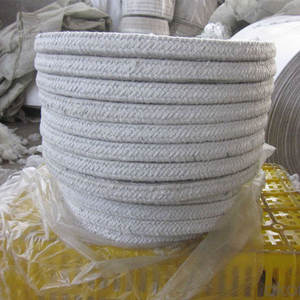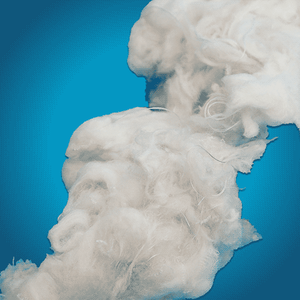Professional industry ceramic supplier, silicon nitride, silicon carbide, aluminum nitride and any other kinds of ceramics.
PRODUCT PARAMETERS
Description
Overview of Ceramic Fiber Tubing Made of High-temperature Insulation / Marine Power Plant Ceramic Fiber for
Ceramic Fiber Tubing Made of High-temperature Insulation / Marine Power Plant Ceramic Fiber for is a lightweight, high-temperature insulation material composed primarily of alumina-silica. It is manufactured through a melting and spinning or blowing process, resulting in a flexible, wool-like textile. This material is engineered to provide exceptional thermal management, conserving energy and protecting equipment in extreme temperature environments across various industries.
Features of Ceramic Fiber Tubing Made of High-temperature Insulation / Marine Power Plant Ceramic Fiber for
-
Excellent Thermal Stability: Withstands continuous operating temperatures up to 1260°C (2300°F) and higher for certain grades, with minimal shrinkage.
-
Low Thermal Conductivity: Provides highly efficient insulation, reducing heat loss and improving energy efficiency.
-
Lightweight & Low Heat Storage: Offers low thermal mass, enabling rapid heat-up and cool-down cycles for improved process control and energy savings.
-
Thermal Shock Resistance: Highly resistant to damage from rapid temperature changes.
-
Excellent Flexibility & Resilience: Can be fabricated into blankets, boards, papers, and textiles to fit complex shapes and applications.
-
Good Chemical Stability: Resists attack from most corrosive agents, except strong alkalis and hydrofluoric acid.
Specification of Ceramic Fiber Tubing Made of High-temperature Insulation / Marine Power Plant Ceramic Fiber for
Ceramic fiber tubes supplies exceptional high-temperature insulation. This tubes is made from unique alumina-silica ceramic fibers. These fibers deal with extreme warm extremely well. The material stands up to temperature levels over 2300 ° F (1260 ° C). It maintains heat had effectively. Warm does not pass through it easily. This home is called low thermal conductivity. It conserves considerable energy. It additionally boosts safety around hot devices.
This tubing is exceptionally tough. It withstands sudden temperature changes without cracking. Thermal shock is not a problem. It stays solid under extreme warm for long periods. The product does not thaw easily. It resists chemical strike. This makes it very reliable. Marine power plants use this tubing a lot. Engines and exhaust systems obtain extremely hot. This tubing protects pipelines and air ducts perfectly. It protects against warmth loss. It shields close-by components and employees. It minimizes surface temperature levels dramatically. Fire hazards reduce considerably.
The ceramic fiber is lightweight. This tubes adds little added weight. Installation is simple. It fits around pipes safely. It maintains its shape under warmth and vibration. Marine atmospheres are rough. Salt air and moisture are present. This tubing performs well regardless. It does not weaken quickly. It supplies resilient insulation. Maintenance requirements are minimal. This conserves money and time. Operators get regular thermal defense. Devices runs more efficiently. Gas usage typically boosts. This tubes is a wise choice for requiring warmth administration. Marine engineers trust its performance. It deals with the toughest nuclear power plant problems dependably.
Applications of Ceramic Fiber Tubing Made of High-temperature Insulation / Marine Power Plant Ceramic Fiber for
Ceramic fiber tubing supplies superb high-temperature insulation. This material withstands extreme heat effectively. It safeguards vital parts popular atmospheres. Marine power plants benefit considerably from its properties. Ship engines create extreme warmth. Ceramic fiber tubing insulates exhaust pipelines securely. This avoids heat damage to nearby equipment. It also secures workers from burns. Engine rooms get really warm. This tubing keeps surface temperatures manageable.
Boilers in aquatic setups require trustworthy insulation. Ceramic fiber tubes twists around boiler pipes safely. It minimizes hazardous warmth loss. This improves fuel effectiveness considerably. Ships require effective power generation. All saved energy matters. The tubes takes care of consistent vibration well. Ships relocate regularly. Stiff insulation could split or stop working. This flexible tubing stays intact. It supplies durable security.
Electrical electrical wiring goes through warm areas. Ceramic fiber sleeves protect these cords completely. They prevent insulation melting or brief circuits. Fire safety and security is vital onboard ships. This material withstands fire normally. It includes a critical safety layer. The tubing is likewise light-weight. Including heavy insulation pressures deliver frameworks. This service avoids that trouble. Maintenance becomes much easier also. Specialists accessibility elements quicker.
Manufacturing facilities use this tubing extensively. Furnaces need reputable insulation. Ceramic fiber tubes lines thermocouple sheaths accurately. It protects temperature sensing units from direct fire call. Industrial heating units require efficient warm control. This tubing guides warmth exactly. Petrochemical plants encounter high temperatures daily. The tubing insulates process piping reliably. It holds up against chemical direct exposure generally. Power generation terminals utilize it extensively. Turbines and generators produce immense warmth. Insulation prevents energy waste. It makes sure tools operates safely. The product deals with thermal cycling well. Equipment heats up and cools consistently. Ceramic fiber tubing withstands this stress. It provides regular thermal security.
Company Profile
Tanki New Materials Co.Ltd. focus on the research and development, production and sales of ceramic products, serving the electronics, ceramics, chemical and other industries. Since its establishment in 2015, the company has been committed to providing customers with the best products and services, and has become a leader in the industry through continuous technological innovation and strict quality management.
Our products includes but not limited to Aerogel, Aluminum Nitride, Aluminum Oxide, Boron Carbide, Boron Nitride, Ceramic Crucible, Ceramic Fiber, Quartz Product, Refractory Material, Silicon Carbide, Silicon Nitride, ect. please feel free to contact us.
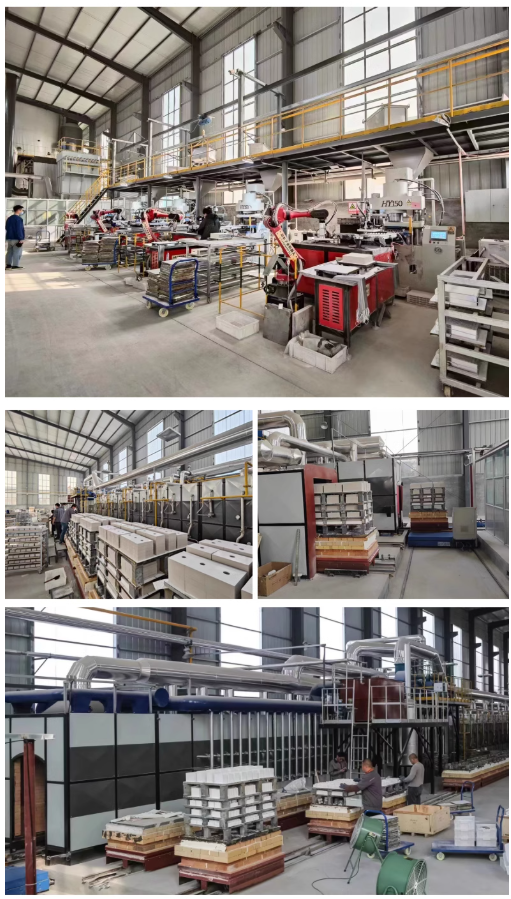
Payment Methods
T/T, Western Union, Paypal, Credit Card etc.
Shipment Methods
By air, by sea, by express, as customers request.
5 FAQs of Ceramic Fiber Tubing Made of High-temperature Insulation / Marine Power Plant Ceramic Fiber for
People often ask what ceramic fiber tubing is. It’s a flexible, lightweight tube made from special ceramic fibers. These fibers handle extreme heat very well. This tubing wraps pipes, ducts, and equipment needing high temperature protection. It keeps heat in or out effectively.
Many want to know the maximum temperature it withstands. This tubing handles continuous temperatures up to 1260°C (2300°F). Short bursts of higher heat are possible. Exact limits depend on the specific fiber grade. Always check the product data sheet for your application.
A common question is how to install it. It’s simple. Slit the tubing lengthwise. Open it up. Slide it over the pipe or duct needing insulation. Secure the seam tightly with high-temperature tape or stainless steel wire. Ensure a snug fit for best performance. Avoid forcing it over sharp edges. It can tear.
People ask why choose ceramic fiber tubing over other insulation. It offers key advantages. It’s very lightweight. This reduces stress on structures. It has low thermal conductivity. Heat doesn’t pass through easily. This saves energy. It resists thermal shock. Sudden temperature changes won’t damage it. It installs quickly. Maintenance is easy.
Safety is a frequent concern. Users ask if it’s safe like asbestos. Ceramic fiber is completely different. Modern biosoluble fibers break down safely in the body over time. Always follow handling instructions. Wear gloves and a dust mask during installation. Avoid breathing loose fibers. Once installed and contained, it poses no risk.
REQUEST A QUOTE
RELATED PRODUCTS
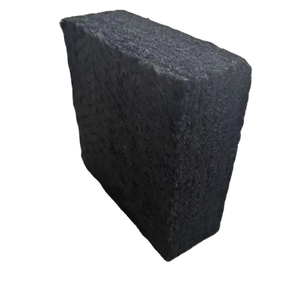
Ceramic Fiber for Refractory Applications Fiber blanket insulation blanket, ultra-wool insulation, ceramic fiber blanket.
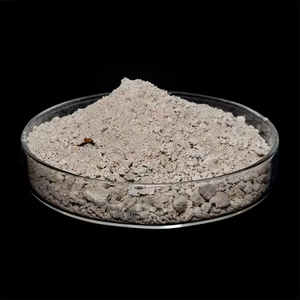
High-quality custom thermal insulation ceramic fiber board, heat-resistant
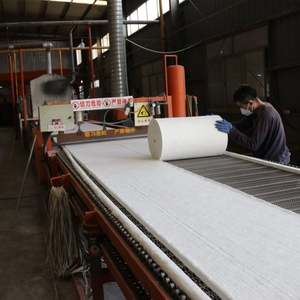
Cost-effective thermal insulation Ceramic Fiber cloth, HaCeramic Fiber blanket
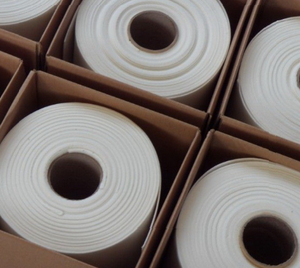
High-quality 2mm Thin Insulation Ceramic Fiber Fabric for Furnaces
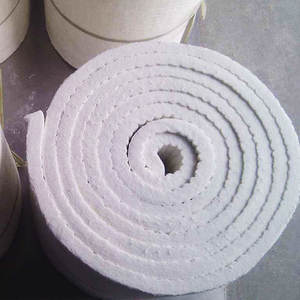
1260°C Free Sample of High-temperature Aluminosilicate Insulation Oven Refractory Ceramic Fiber Wool Blanket.
